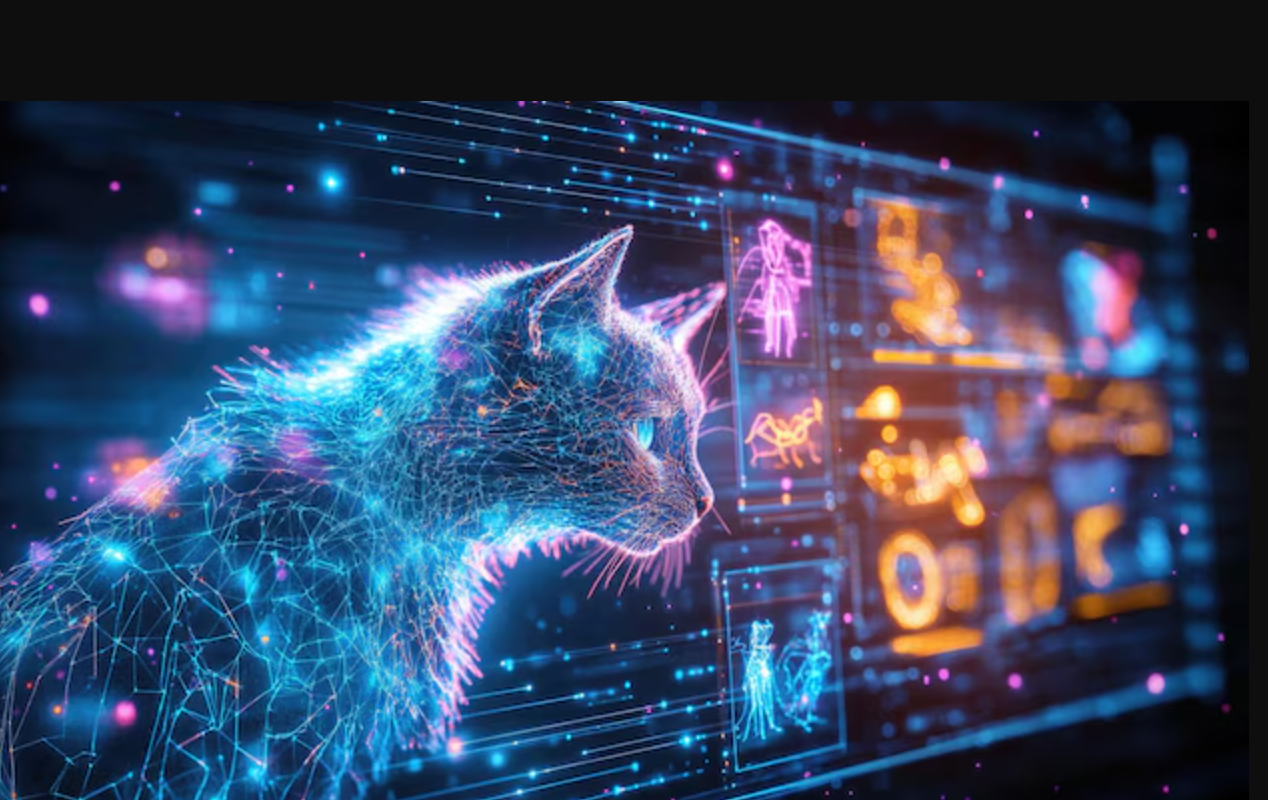Schrödinger’s cat theory may prove that parallel universes actually exist
The universe is a strange, beautiful place—rich with possibilities and governed by the odd rules of quantum mechanics.

Schrödinger’s equation, applied to the entire cosmos, predicts an unending stream of quantum splits. (CREDIT: FreePix)
The universe is a strange, beautiful place—rich with possibilities and governed by the odd rules of quantum mechanics. One of the most mind-bending ideas from this realm is the many-worlds interpretation. It paints a picture where infinite versions of reality unfold side by side. Though deeply theoretical, this idea has sparked interest far beyond physics labs. It now pulses through popular science, media, and philosophical debates.
At the heart of this interpretation lies the principle of unitary evolution. According to it, quantum systems evolve without outside interference. That sounds simple enough—until you realize what it means. Every quantum event branches reality. In this view, with each quantum "choice," the universe splits, creating multiple versions of itself.
These offshoots don’t float in distant galaxies or separate timelines. Instead, they stack within the same space and time. That makes them very different from other multiverse theories. In some models, alternate realities bubble out from cosmic inflation or form across vast string theory landscapes. Many-worlds, by contrast, keeps its universe clones close—unseen, yet superimposed.
But this idea clashes with what we actually observe. We don’t live in a world that feels like a quantum roulette wheel. Classical reality feels unified and grounded. Yet Schrödinger’s equation, applied to the entire cosmos, predicts an unending stream of quantum splits. Each one births a new “history,” drifting forward on its own path.
This raises a tough question: if all outcomes exist, why do we experience only one? The theory struggles to explain how our familiar world emerges from a haze of quantum uncertainty. As Niels Bohr once insisted in his famous debates with Einstein, properties remain undefined unless they’re measured. No measurement, no clarity.
To close this gap, scientists from Autonomous University of Barcelona have been hunting for the missing link between quantum weirdness and classical calm. A promising lead comes from theoretical physicists in Barcelona. Their work looks at how classical features might emerge inside a purely quantum system—without outside help.
Their simulations offer a key insight. When particles within a system become entangled and interact more, quantum effects start to fade. The more they connect, the more likely it is for a single, definite reality to rise. These findings suggest that entanglement itself may hide the many worlds from view—leaving only one reality to experience.
Related Stories
Schrödinger’s Cat: Unraveling the Quantum Mystery
Erwin Schrödinger’s famous thought experiment remains a cornerstone of discussions on quantum mechanics. The paradox of a cat that is simultaneously alive and dead, trapped in a superposition until observed, highlights the unresolved tension between quantum uncertainty and classical determinism.
While the MWI offers a framework for understanding this paradox, it also raises questions about the nature of observation and reality.
The Barcelona team’s findings provide a fresh perspective on Schrödinger’s cat. By applying first principles, they show that the complex interactions within the environment—from the box containing the cat to the universe beyond—overwhelmingly favor the selection of a single state. As the researchers explain, “Since objects of daily life contain a huge number of particles, this explains why the multiverse is not directly perceptible to us.”
In their model, quantum randomness is gradually suppressed as the system evolves, allowing only one outcome to dominate. For instance, the cat’s state—alive or dead—becomes fixed due to the sheer scale of entanglements between particles.
This process does not rely on external noise or environmental decoherence, which are often invoked in traditional explanations. Instead, it highlights the role of “slow and coarse observables” within isolated, nonintegrable systems. These observables—quantities that change slowly over time—act as stabilizing factors, anchoring the system to a classical trajectory.
The Mechanics of Decoherence and Classicality
Decoherence is a key concept in understanding how quantum systems transition to classical behavior. It describes the process by which quantum superpositions lose coherence due to interactions with their surroundings.
However, the Barcelona researchers argue that decoherence alone does not fully account for the emergence of classicality within the MWI. Their work focuses on the decoherence functional, a mathematical tool used to evaluate the consistency of quantum histories.
Using this framework, the team demonstrated that classical states arise naturally in systems characterized by nonintegrability—a property where dynamic behavior follows random matrix theory.
This approach builds on the ideas of physicist Nico van Kampen, who emphasized the importance of slow, coarse observables in the quantum-to-classical transition. Although Van Kampen’s work initially received little attention, recent advances have provided rigorous evidence supporting his insights.
The researchers’ simulations explored systems with varying particle numbers and dimensions, revealing that quantum effects diminish exponentially as the number of particles increases. This finding suggests that classicality is not an exceptional phenomenon but a universal feature of large quantum systems.
Moreover, their results indicate that almost any initial wave function can give rise to meaningful classical universes, challenging the notion that specific conditions are required for classicality to emerge.
Implications and Unanswered Questions
While the Barcelona team’s findings offer valuable insights, they also highlight the limitations of the MWI. The theory assumes that all universes behave similarly, but it does not account for the complexities of general relativity or the potential influence of quantum randomness on macroscopic scales.
For instance, it remains conceivable that certain entangled states could produce mixed outcomes, such as a superposition of alive and dead cats.
Additionally, the concept of an “arrow of time”—a directionality that distinguishes past from future—is not inherently tied to wave function branching. The MWI describes a multiverse where time symmetry could allow for retrocausal effects, further complicating the interpretation of classicality.
Despite these challenges, the MWI provides a compelling framework for exploring the nature of reality. By emphasizing the role of entanglement and nonintegrability, the Barcelona researchers have advanced our understanding of how classical states emerge from quantum mechanics. Their work underscores the richness of quantum theory and its potential to reshape our perception of the universe.
As Schrödinger’s cat continues to captivate physicists and philosophers alike, it serves as a powerful metaphor for the field’s enduring mysteries. The cat’s paradoxical state symbolizes the unresolved tensions within quantum mechanics, offering a glimpse into a multiverse teeming with possibility.
While we may never fully perceive the quantum multiverse, ongoing research brings us closer to unraveling its secrets, one branch at a time.
Research findings are available online in the journal Physical Review X.
Note: Materials provided above by The Brighter Side of News. Content may be edited for style and length.
Like these kind of feel good stories? Get The Brighter Side of News' newsletter.



